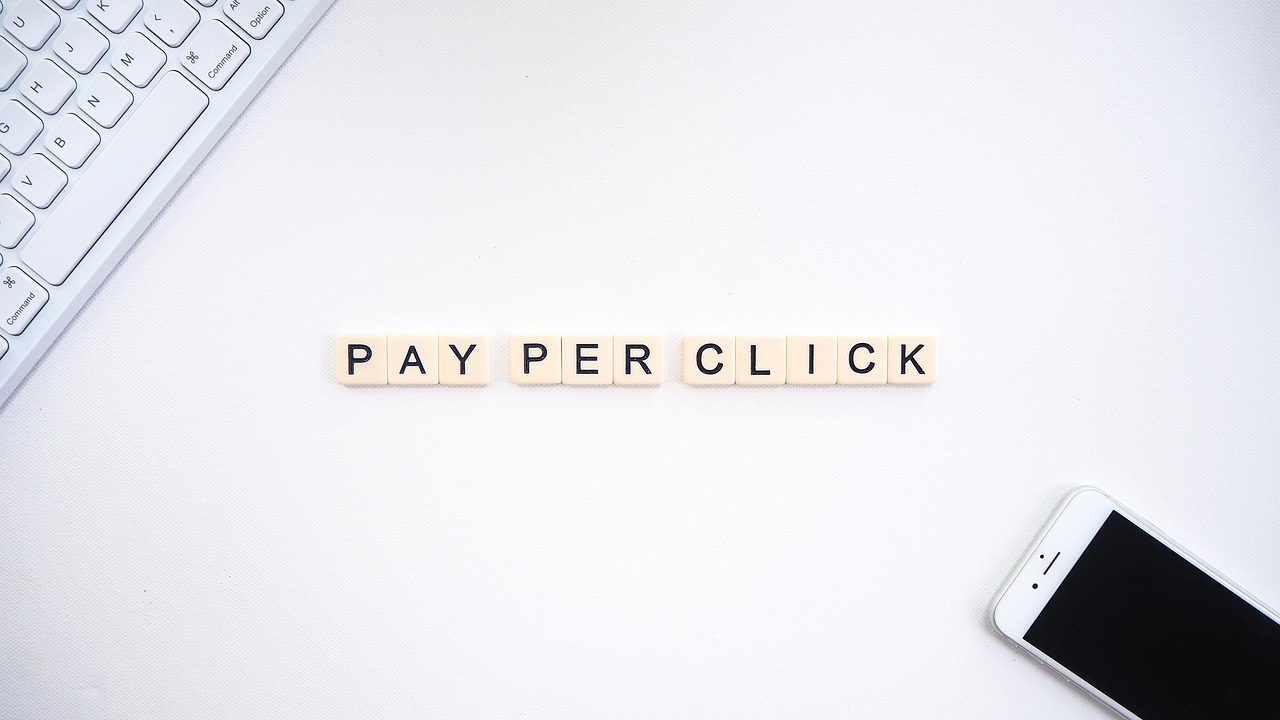B2B PPC Advertising – Keys To Success
Nine best practices for making B2B PPC advertising successful.

Making pay-per-click (PPC) advertising successful for B2B companies has always been a challenge. Complicated customer buying journeys, long sales cycles, and territorial disputes between marketing and sales are more typical than not, so even the measurement and attribution part of the equation can be problematic. But one thing we know for sure: when it works, it really works. Here are our nine B2B PPC advertising best practices.
Search Engines vs Social Media. Pay-per-click advertising for B2B lead generation is available in two basic forms: search engines and social media. There are various other options in the marketplace but these are the two widespread tactics used these days. Search engines are great for serving ads up against intent — keywords — and social media shines for audience targeting.
The search engine category is primarily comprised of Google, of course, but Microsoft/Bing is often a steady performer as well. In the social media space, LinkedIn is the main platform. There are lots of options in social media — Facebook, Instagram, X, etc. — with varying applications by industry sector but LinkedIn is a good fit for most of the B2B ecosystem.
Attend To Fundamentals. Google Ads has been around for 20+ years now, and LinkedIn Ads almost as long, so there are well-established practices around fundamentals like keyword research, ad copy, offers, imagery, landing pages, retargeting and tracking. Not every B2B company will need to be formidable in every one of these areas to be successful, but most will.
Respect Lifetime Customer Value. Can PPC advertising work for companies that sell one-off projects? Yes, but the projects either need to be large — say, more than $100,000 — or hypertargeted geographically. Does B2B PPC advertising thrive for subscription and SaaS style companies? Absolutely. It’s why so many of the successful companies in this category have robust digital marketing and advertising functions in place. Lifetime customer value is difficult to pinpoint at many companies and typically takes longer than expected to arrive at an answer(s) but it’s critical for understanding true ROI.
Size Matters. There are always exceptions, but most B2B companies will require at least $10,000 a month in media to run a reliable inbound lead generation program that extends beyond a ~25 mile radius of corporate headquarters. Add in social media (LinkedIn) and that budget increases to $25,000 a month.
Early adopters of these tactics proved out the ROI question about a decade ago the market priced itself accordingly. B2B PPC advertising works for companies selling big ticket items with long sales cycles and multiyear relationships but it requires patience and a longterm view to deliver.
Incorporate Offensive + Defensive Tactics. It’s not talked about much, but a meaningful swath of B2B PPC advertisers allocate 50% of their budget to branded terms and 50% to product/solution terms. Or, they split the budget about evenly between defensive (branded) and offensive (non-branded) tactics. Net-new is always more exciting — hunting for customers outside of the database — but B2B PPC advertising for defensive reasons is a no-brainer, especially if competitors are advertising against branded terms. But even if they aren’t, branded term advertising protects the IP, gets users to where they are looking to go quickly, promotes brand awareness, and can complement SEO tactics when deployed correctly.
Embrace AI. Since the early days of pay-per-click advertising, success has been reliant on the smart use of automation, machine learning and now AI. Most parts of the PPC supply chain make use of AI in the management process — from identifying new keywords to ad unit optimization and bidding. And most of the major advertising platforms are racing to incorporate AI even more aggressively, so keeping up with the changes is non-optional. This includes incorporating ChatGPT and other AI search tools into planning discussions. While not yet a PPC player, it’s probably just a matter of time before these companies make advertising available.
LinkedIn Has Gone Mainstream. Acquired by Microsoft in 2016, today LinkedIn boasts 900 million users around the world and a sheen of corporate respectability as a result of its close association with Dow Jones brands like Cisco, GE, Goldman Sachs and Pfizer, which the company celebrates as platform leaders. In B2B circles, LinkedIn still faces challenges because of the corporate stigma associated with the broader social media category as well as its legacy as a job-seeking website. But the platform has made impressive progress in recent years and has benefitted from the account-based marketing (ABM) movement because of its audience targeting features.
Conduct Checkups Regularly. Often ignored or more likely deprioritized, audits should be performed on PPC accounts every 23-36 months, if only for peace of mind. Ideally, it would be conducted as part of a comprehensive digital marketing strategy audit, but standalone PPC account scrutiny is a baseline best practice. Audits are common practice in many other areas of the enterprise — IT, HR, finance — so it’s a natural fit for such a data-driven tactic as pay-per-click advertising. [Here is a digital marketing audit checklist to get your headed in the right direction.]
Don’t Forget Microsoft Ads (Bing). Bing may only capture 4% share of the global search engine audience but that translates to 900 inquiries every day. If a company is able to make Google Ads work favorably, it likely will be able to do the same with Microsoft Ads, and more cost effectively. Bing users skew more male than Google and corporate users in Microsoft-dependent technology environments often find using Microsoft tools easier than going out of the ecosystem.
###########
Tim Bourgeois is a director at East Coast Catalyst, a B2B PPC agency. Contact him at tbourgeois (at) eastcoastcatalyst.com to learn how ECC can help your organization with B2B inbound lead generation.
